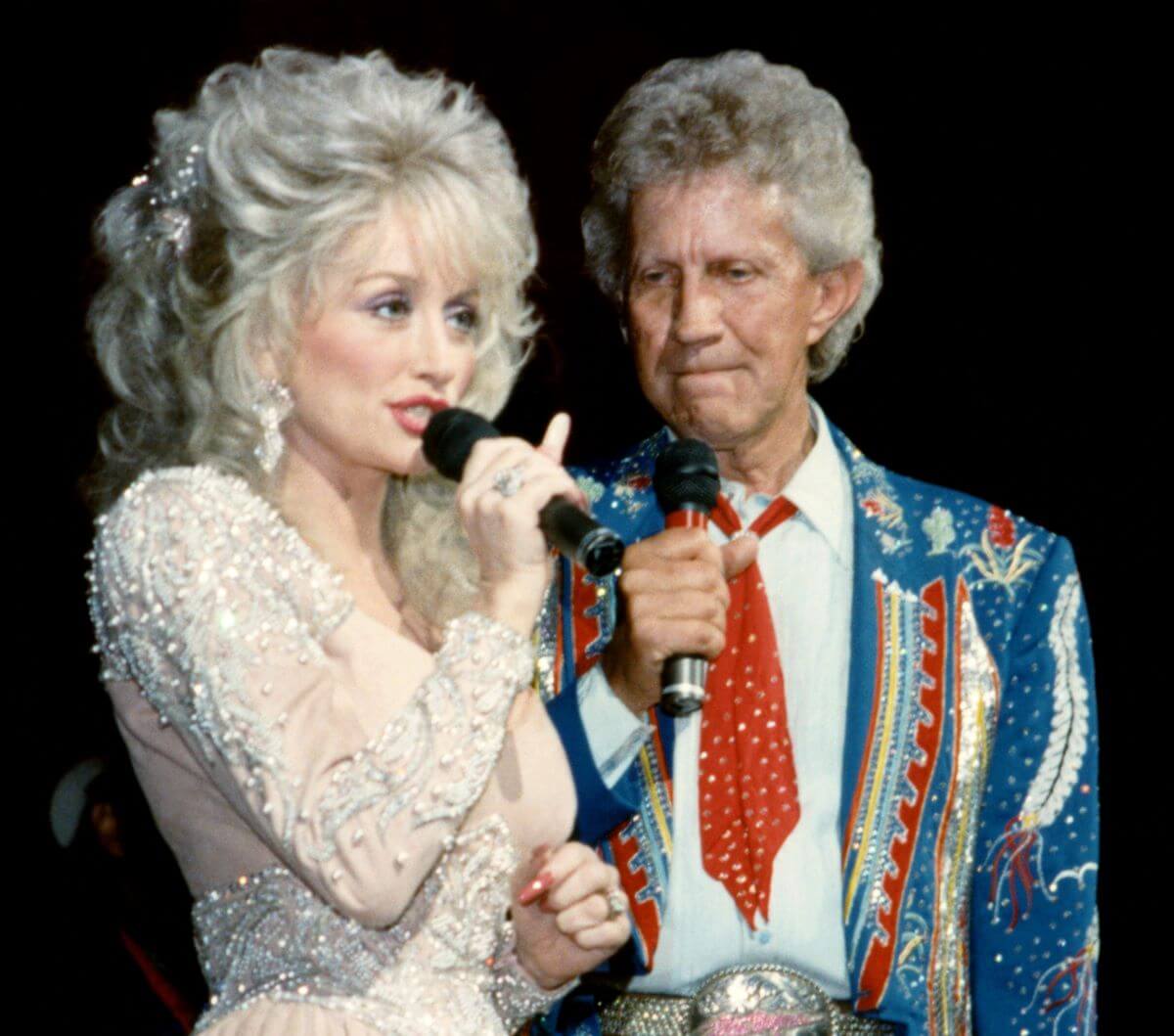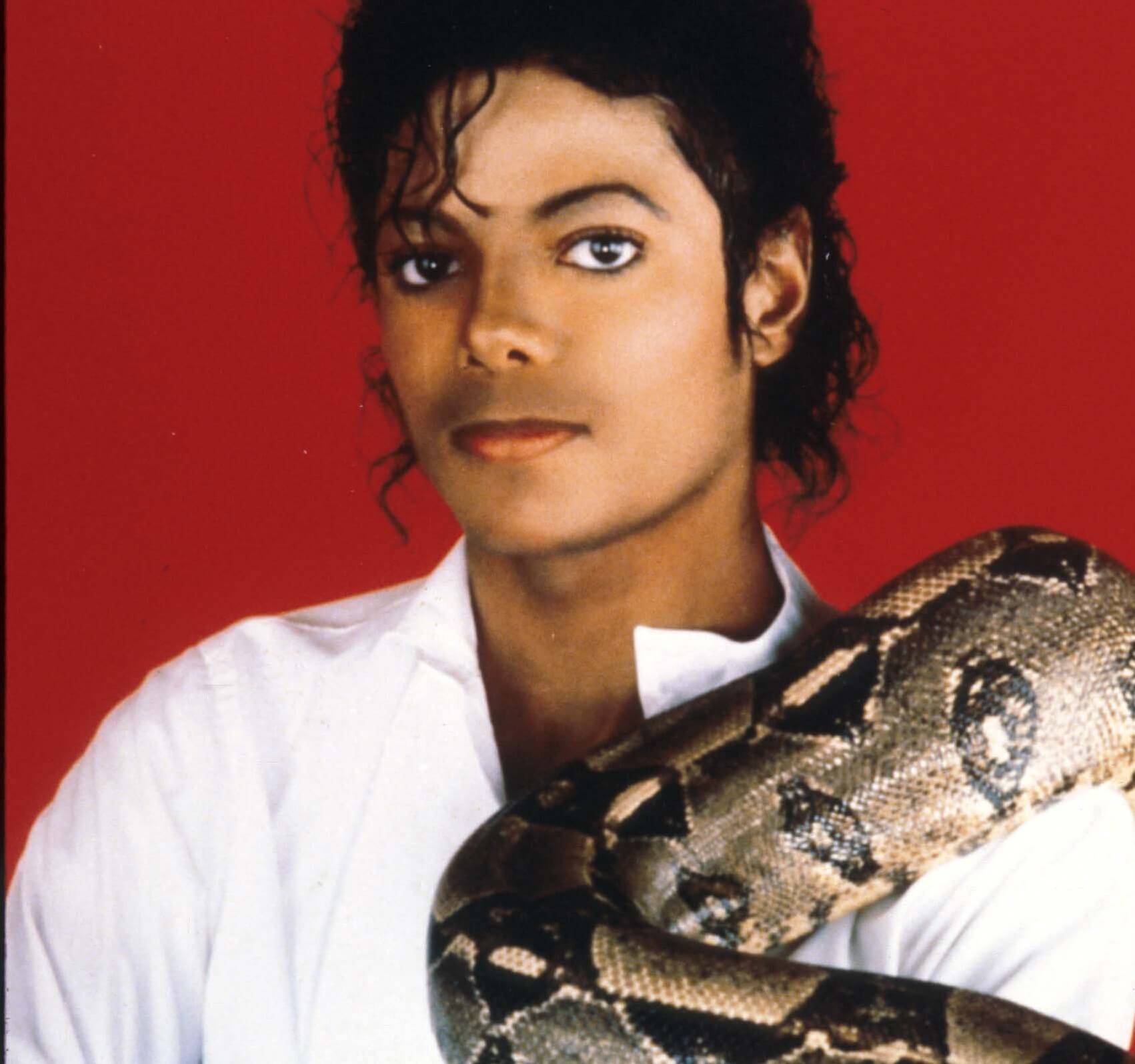Jon Stewart Explains How His New Show Is Different From ‘The Daily Show’
For nearly 20 years, The Daily Show viewers got to hear Jon Stewart tackle the issues four nights a week. Stewart was still in public life after leaving the Comedy Central show in Trevor Noah’s hands. He has done political advocacy and directed the movie Irresisitible. Now, he’s hosting The Problem with Jon Stewart on Apple TV+, but he insists it’s not going to be like The Daily Show.
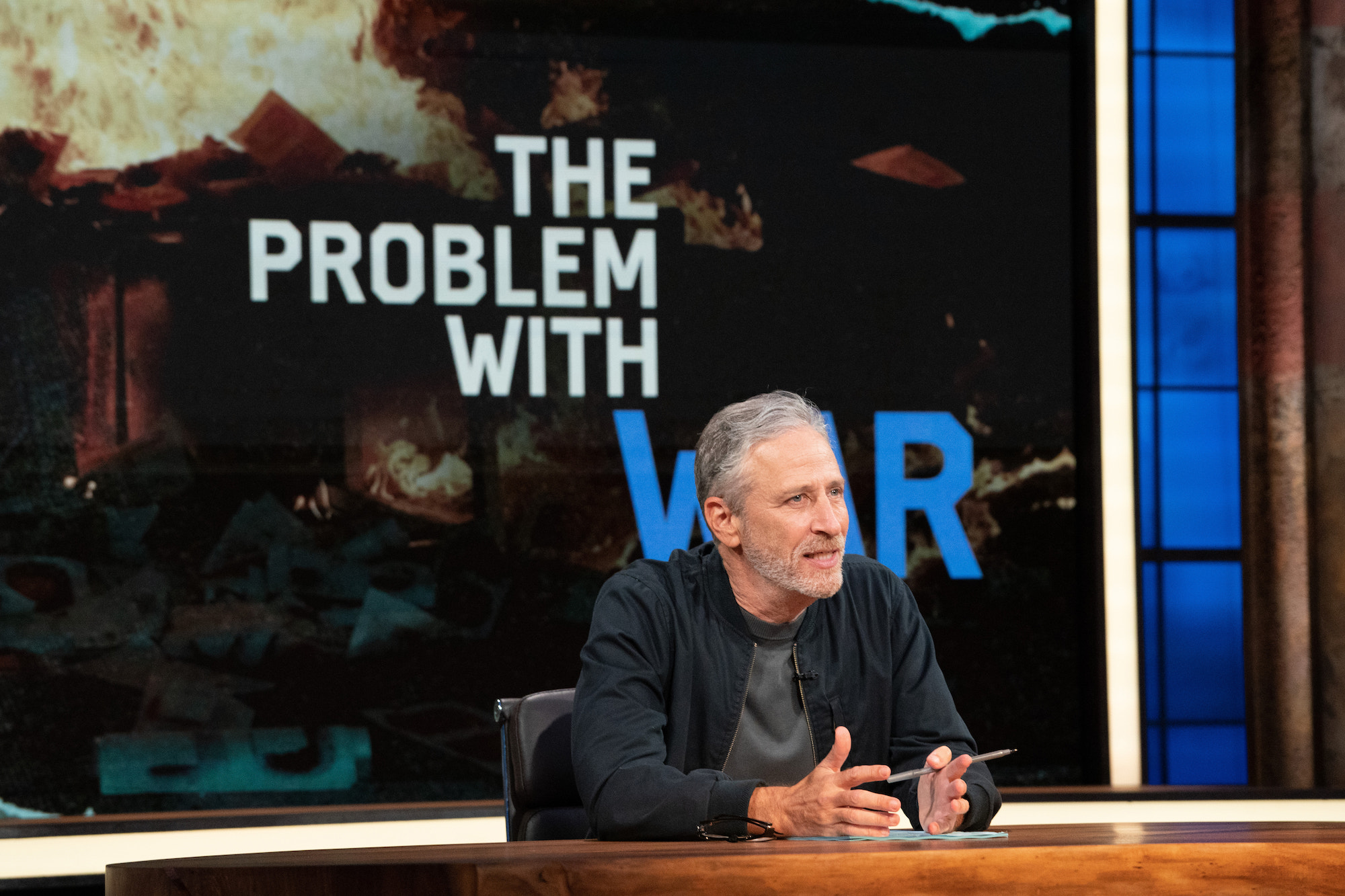
Stewart spoke with The Hollywood Reporter about what makes The Problem different from The Daily Show. The first episode is now available on Apple TV+ with new episodes debuting biweekly Thursdays.
‘The Problem with Jon Stewart’ is a deeper dive than ‘The Daily Show’
The Daily Show used the format of a nightly news show to satirize the day’s events. The Problem is more of a talk show where Stewart focuses on one issue every episode. He sits at a desk and talks to the audience and guests, but it’s a deep dive. The first episode on “War” deals with veteran issues. It is an issue with which Stewart is familiar because he advocated for a 9/11 First Responders health care bill in Congress.
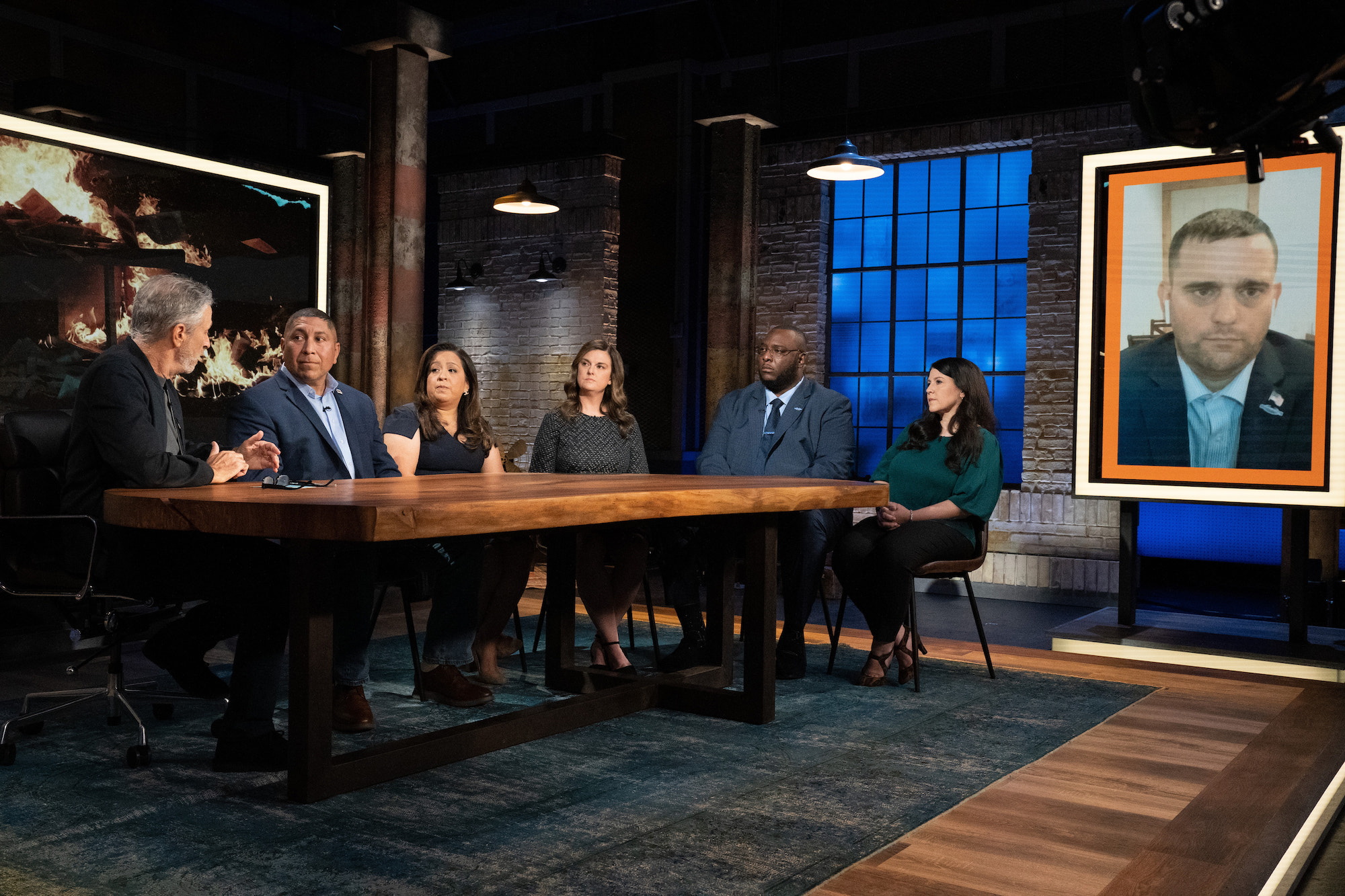
“Honestly, it’s the same things that animated The Daily Show,” Stewart told THR. “We’re just adjusting the dials slightly. If The Daily Show was the weather report, I thought maybe it’d be interesting to do something that was [about] the climate. Now, one of the beautiful things about The Daily Show is that it was forgiving. When we sh*t the bed, there was always that, ‘Well, we’ll get it tomorrow.’”
‘The Problem with Jon Stewart’ might not be as funny as ‘The Daily Show’
The Daily Show aired on Comedy Central so funny was the expectation. Stewart was able to get serious about issues, but the show frequently mocked mainstream newscasts’ coverage of events. Stewart said he has the freedom not to be funny on The Problem.
“In some ways, it can be more satisfying,” Stewart said. “I like that this is more of a conversation. It’s probably a terrible pitch for the show — ‘it’s The Daily Show, but less entertaining’ — but also maybe more complete. And people will ask, ‘How are you going to live up to expectations?’ Well, I’m not, and I never have. That’s not why we do it. We make things, and sometimes those things disappoint people and sometimes they really like them.”
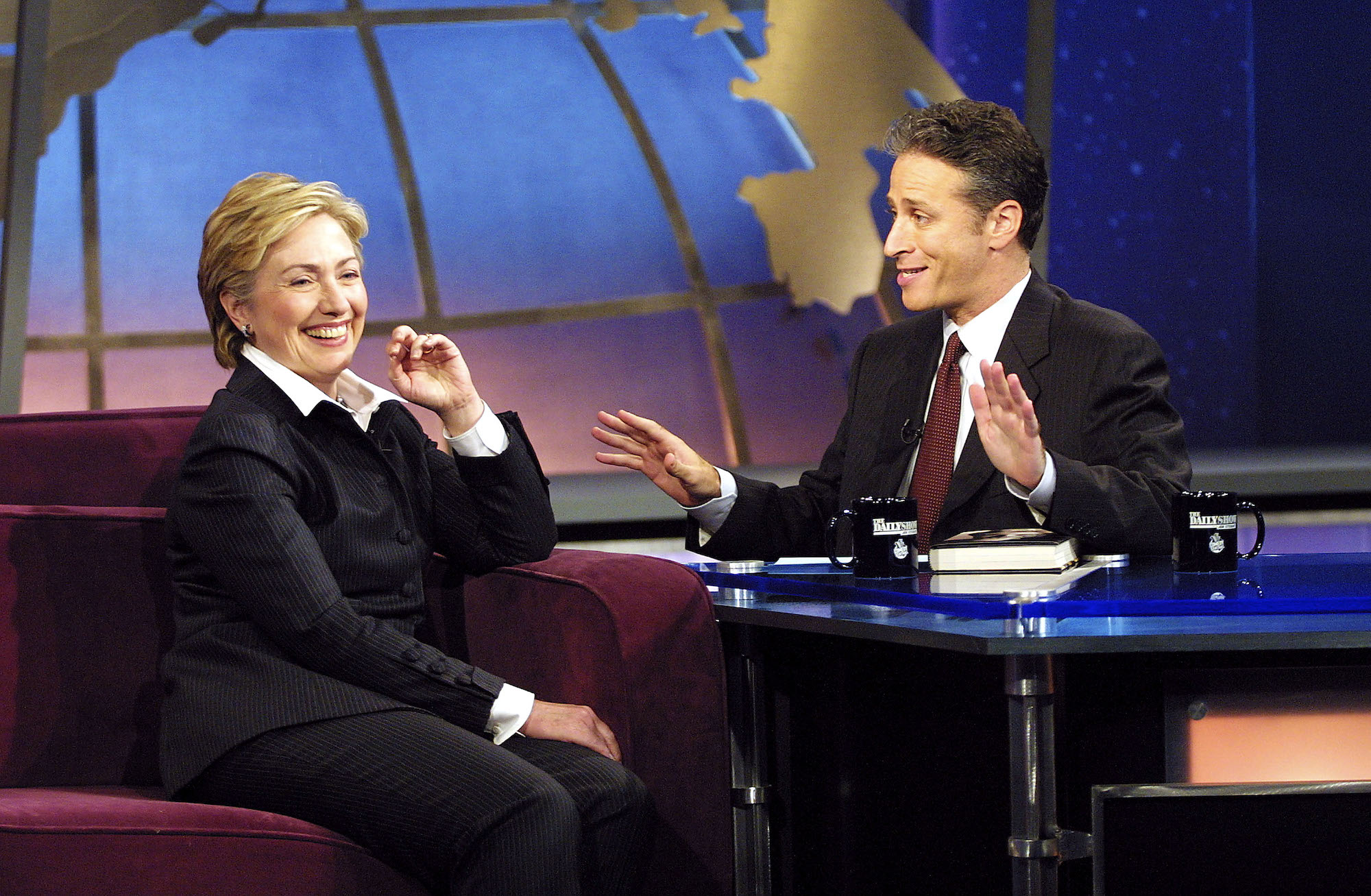
Stewart hopes viewers don’t expect him to be “on” for the whole hour. However, he also realizes he may be more worried about expectations than you are.
“I try to put in a process that keeps the speculation of people’s expectations out of the work but, as a person, you can’t help but be self-conscious,” Stewart said. “As a comic, you’re always trying to read the room — the thing you learn is, if the glass breaks and you don’t say anything, you’re done. So, a lot of that is a self-conscious attempt to read the room and maybe take some of the steam out of it.”
Jon Stewart doesn’t have to be daily anymore
The biweekly airing of The Problem with Jon Stewart automatically makes the Apple TV+ show different from The Daily Show. It is also twice as long, with episodes running 44 minutes without commercials. Stewart hopes those episodes allow for more in-depth exploration of topics. The first episode notes the hypocrisy between people saying they support the troops but failing to address mental health care, homelessness or jobs for veterans.
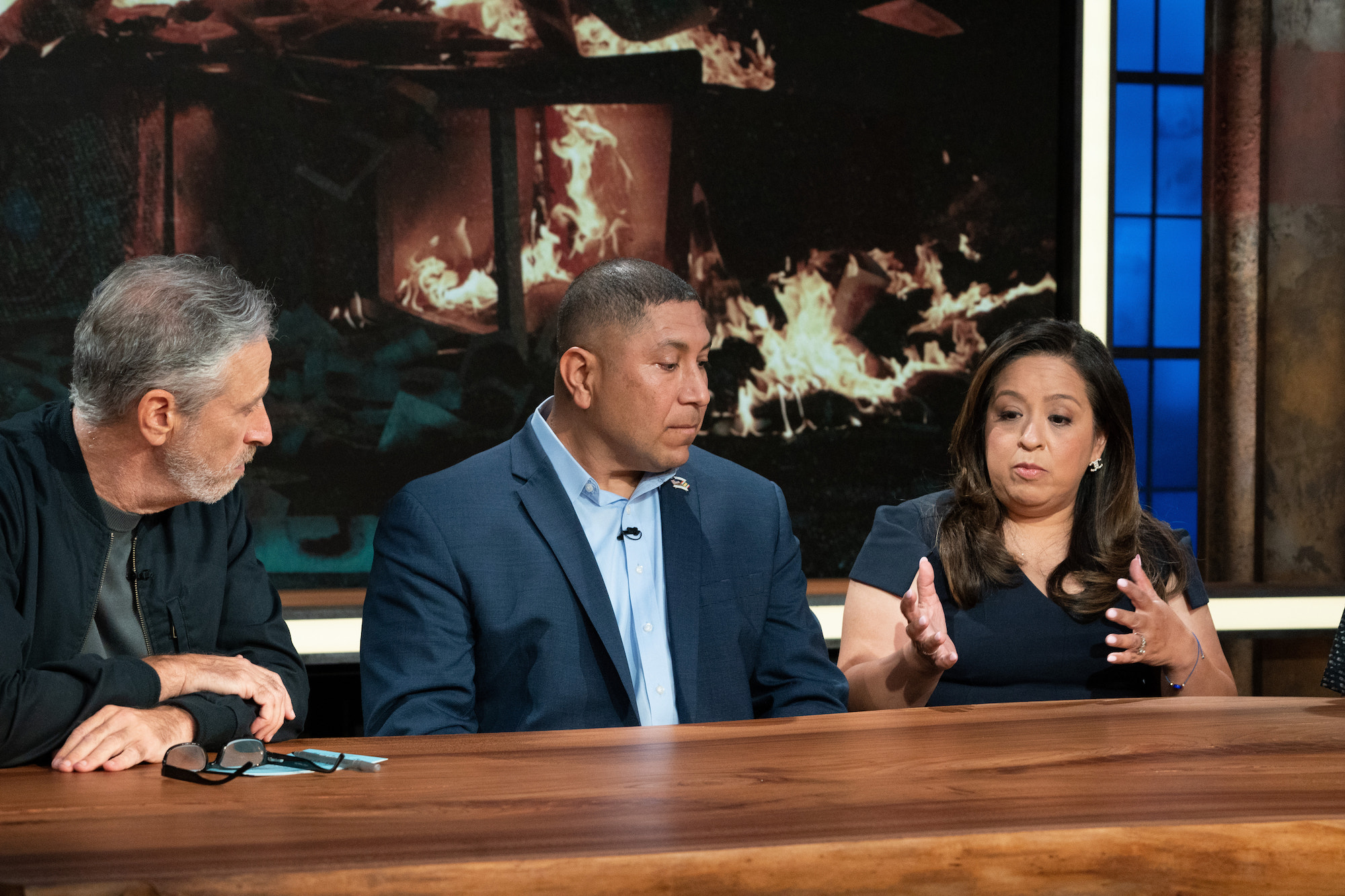
“Also, I’m really interested in that area that exists between rhetoric and reality,” Stewart said. “So, the first episode deals with service people, and everyone’s like, “Oh, we love our military.” Well, I don’t know if you’ve been paying attention, but they might not be feeling the love. And the second episode is about essential workers and the idea that they’re not the beneficiaries of any of the interventions.”
Source: THR
